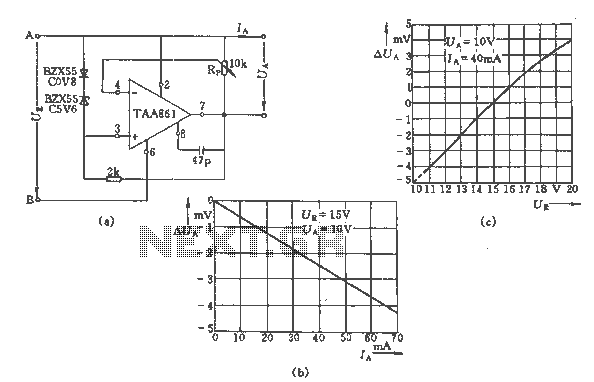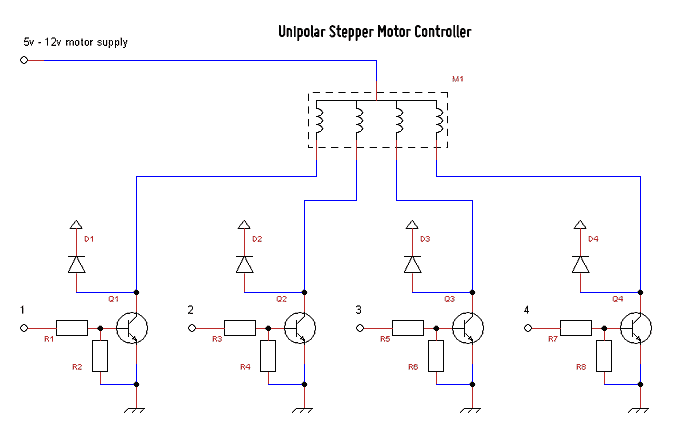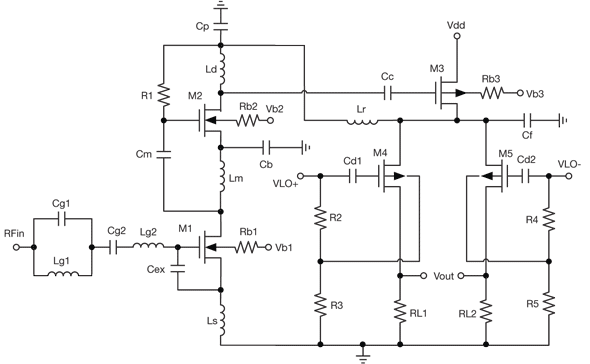
power switching controllers external switches

The ADP1864 is a compact, cost-effective, constant-frequency current-mode step-down DC-DC controller. It drives a P-channel MOSFET to regulate an output voltage as low as 0.8 V with ±2% accuracy, handling load currents up to 5 A from input voltages as high as 14 V. The ADP1864 offers system flexibility by enabling precise current limit settings using an external resistor.
The ADP1864 is designed for efficient power conversion in various applications, including battery-powered devices, consumer electronics, and industrial systems. Its current-mode control architecture allows for improved transient response and stability, making it suitable for applications that require rapid load changes. The device operates with a constant switching frequency, which can be set through external components, ensuring predictable performance across varying conditions.
The controller features a built-in soft-start function to limit inrush current during startup, enhancing the reliability of the overall system. The external resistor used for current limit setting provides flexibility in optimizing the performance based on specific application requirements. Additionally, the ADP1864 includes integrated protection features such as overcurrent protection, thermal shutdown, and under-voltage lockout, which safeguard both the controller and the connected load.
For the implementation of the ADP1864 in a schematic, the following components are typically included: a P-channel MOSFET for the switching element, an inductor to store energy, input and output capacitors for voltage smoothing, and feedback resistors to set the output voltage. The layout of the PCB should be designed to minimize parasitic inductance and capacitance, ensuring stable operation at high frequencies. Proper thermal management should also be considered to maintain performance under varying load conditions.
Overall, the ADP1864 stands out as a versatile and efficient solution for step-down voltage regulation, providing designers with the tools needed to create reliable power management systems.The ADP1864 is a compact, inexpensive, constant-frequency current-mode step-down dc-to-dc controller. The ADP1864 drives a P-channel MOSFET that regulates an output voltage as low as 0.8 V with ±2% accuracy, for up to 5 A load currents, from input voltages as high as 14 V.
The ADP1864 provides system flexibility by allowing accurate setting of the current limit with an external resistor,.. 🔗 External reference
The ADP1864 is designed for efficient power conversion in various applications, including battery-powered devices, consumer electronics, and industrial systems. Its current-mode control architecture allows for improved transient response and stability, making it suitable for applications that require rapid load changes. The device operates with a constant switching frequency, which can be set through external components, ensuring predictable performance across varying conditions.
The controller features a built-in soft-start function to limit inrush current during startup, enhancing the reliability of the overall system. The external resistor used for current limit setting provides flexibility in optimizing the performance based on specific application requirements. Additionally, the ADP1864 includes integrated protection features such as overcurrent protection, thermal shutdown, and under-voltage lockout, which safeguard both the controller and the connected load.
For the implementation of the ADP1864 in a schematic, the following components are typically included: a P-channel MOSFET for the switching element, an inductor to store energy, input and output capacitors for voltage smoothing, and feedback resistors to set the output voltage. The layout of the PCB should be designed to minimize parasitic inductance and capacitance, ensuring stable operation at high frequencies. Proper thermal management should also be considered to maintain performance under varying load conditions.
Overall, the ADP1864 stands out as a versatile and efficient solution for step-down voltage regulation, providing designers with the tools needed to create reliable power management systems.The ADP1864 is a compact, inexpensive, constant-frequency current-mode step-down dc-to-dc controller. The ADP1864 drives a P-channel MOSFET that regulates an output voltage as low as 0.8 V with ±2% accuracy, for up to 5 A load currents, from input voltages as high as 14 V.
The ADP1864 provides system flexibility by allowing accurate setting of the current limit with an external resistor,.. 🔗 External reference





